|
As I wrote in my Goalsetting blog post, one of our school goals this year is to increase opportunities for students to become assessment capable learners.
We have structured our PYP units a little differently this year, as the enhanced PYP is allowing for more freedom and agency to provide authentic experiences for our students. I am planning to write a blog post about that later, but for the purpose of this post I will explain a couple of things. Our How We Express Ourselves unit is mostly year long. Before any unit begins, we are taking 2 weeks to really focus on HWEO and the communication skills that will support us with the upcoming unit. In this case, our upcoming unit (starting after our October break) is How the World Works. We are focusing on the "Exchanging Information" sub skills of communication skills, which are listening, interpreting, and speaking.
At the beginning of the first HWEO unit we had 3-way conferences. This was a great opportunity to start looking at these skills... however, we only had 2 days because of other time constraints!
We wanted ALL 100+ students to have input to the process. Our pedagogy coach Fiona Hurtado had already gone through this process with our year group leader Paul Cheevers and his class for time management skills. So one class had experience, but the other 4 did not. In individual classes, we played some speaking and listening games and role playing.
Then we brainstormed what each of these skills COULD look like. Good, bad, and anything in between.
Then we took all of those things and sorted them into whether this would be Guided, Independent, or Leading (we usually have Shared in between Guided and Independent, but wanted to make it more simple). Each class was a little different than the next.
At this point we had 5 different rubrics that were all FULL of too much information. On the second day, the teachers met and looked at the similarities to make one rubric for the whole studio. We aligned it across the rubric so numbers matched and students would be able to measure themselves on certain pieces of a skill.
We then made one more simplified version to outline what the important things are to measure and remember about each skill. The numbers match the rubric above.
Students used the rubric with their parents at 3-way conferences. Next week, teachers are running 9 workshops to align with each of these important things about each skill. Students will choose 2-3 workshops to attend before reassessing themselves on another speaking/listening activity.
How have you ensured students have voice and ownership over their assessments? Have you gone through a similar process?
Are you thinking of taking this rubric? Of course you can, but I really encourage you to go through the process with your students instead. Rubrics often hold so much information in them, so for students to be involved in making them, you are giving them a better chance to actually understand what is in it.
1 Comment
Soha
10/4/2019 07:08:39 am
Good
Reply
Your comment will be posted after it is approved.
Leave a Reply. |
Cindy KaardalPassionate Educator and Innovation Coach. Archives
July 2024
Categories
All
|


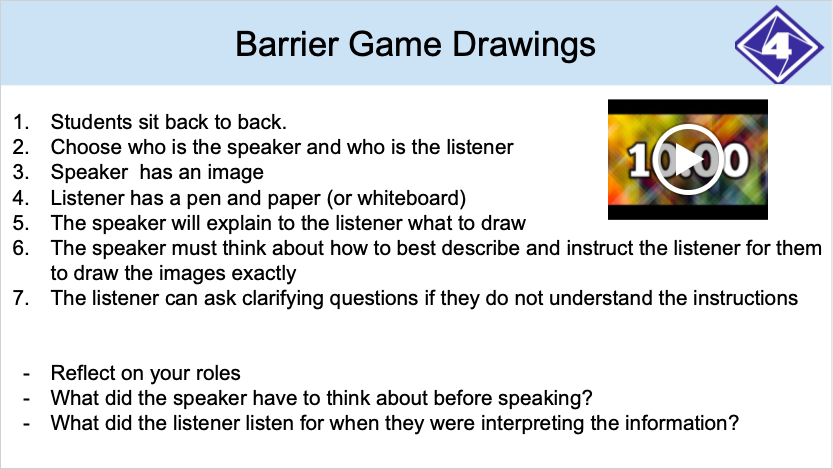














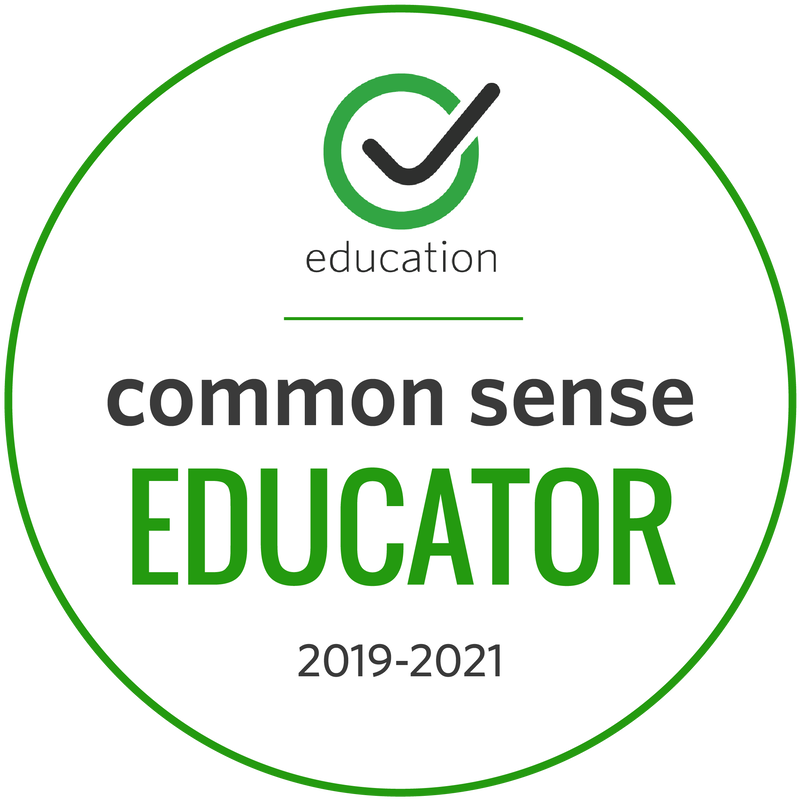
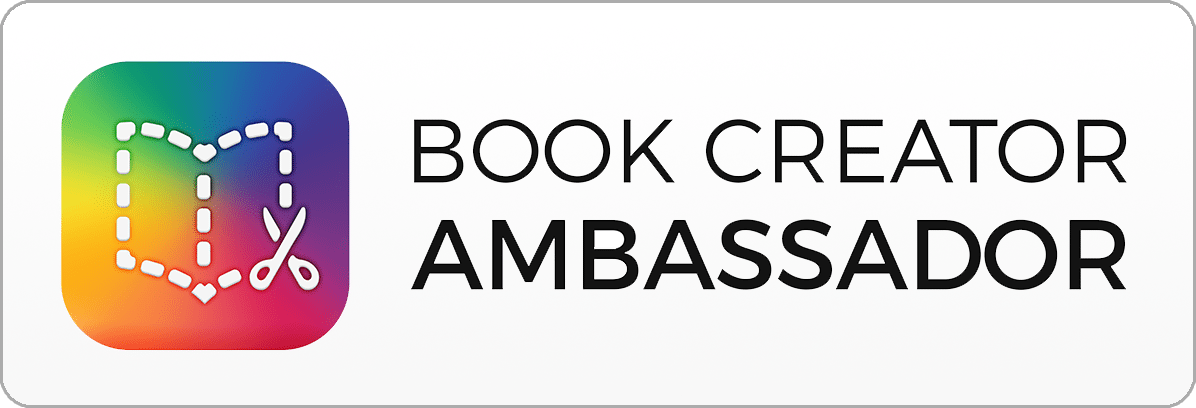
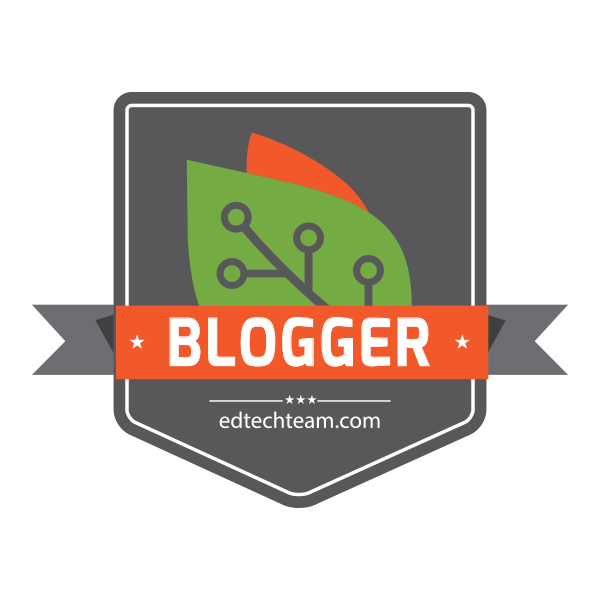

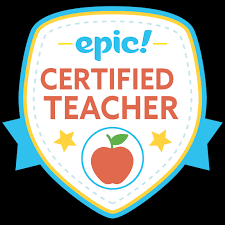

 RSS Feed
RSS Feed